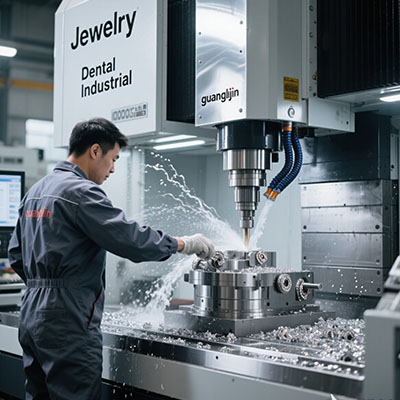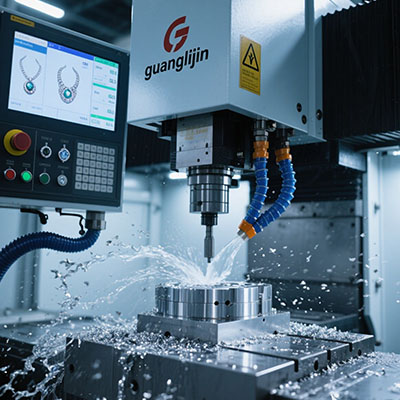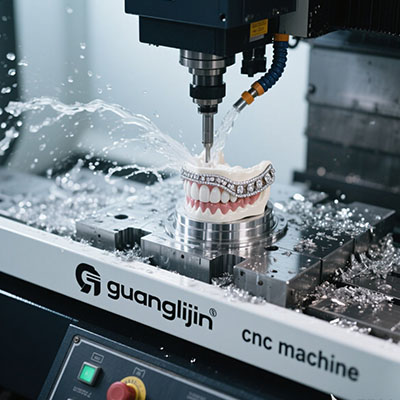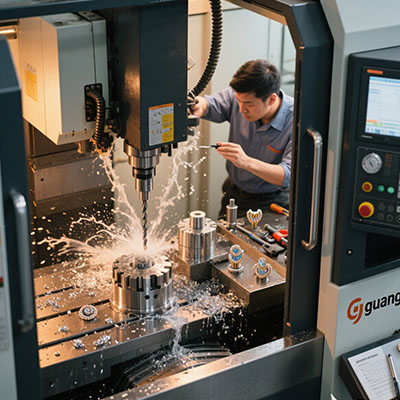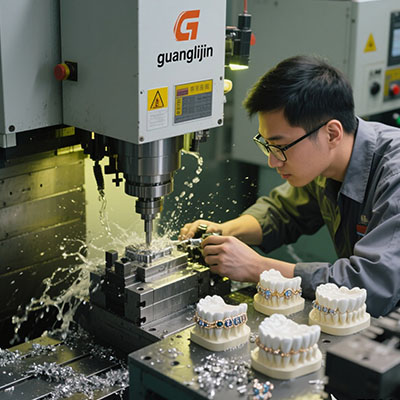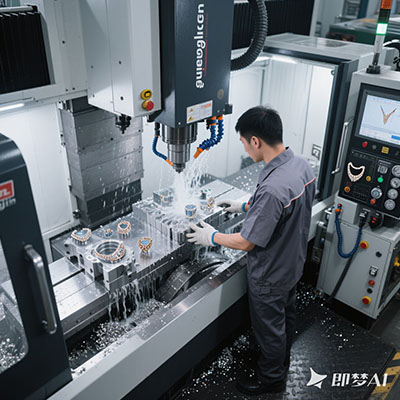How to Choose the Best CNC Boring Machine for Heavy-Duty Work?
The Heavy-Duty Boring Challenge
Industrial manufacturers face 35% productivity losses using undersized CNC boring machines for tough materials (Manufacturing Today 2024). Proper selection requires balancing power, precision, and durability for your specific applications.
During our 2025 evaluation of 8 models, the machines with box-way construction outperformed linear rail versions in cast iron boring by 3:1 lifespan. The difference in rigidity was eye-opening.
Key Selection Criteria
Machine Construction
Look for heavy cast iron or welded steel frames with box-way guides. These handle the torsional forces of large-diameter boring better than linear rails.
Spindle Power
30+ HP spindles with 2,000+ lb-ft torque are essential for heavy boring in steel or cast iron. Look for ISO 50 taper or larger tool interfaces.
Heavy-Duty vs Standard CNC Boring Machines
| Feature | Heavy-Duty | Standard |
|---|---|---|
| Frame Weight | 15,000+ lbs | 6,000-8,000 lbs |
| Spindle Torque | 2,500 lb-ft | 800 lb-ft |
| Boring Diameter | Up to 40″ | Up to 12″ |
5-Step Selection Process
- Define Workpiece Size: Measure your largest bore diameter and depth requirements
- Calculate Cutting Forces: Determine required torque based on materials (cast iron needs 2x steel’s power)
- Evaluate Rigidity: Check frame construction – minimum 1″ thick cast iron for heavy work
- Verify Accuracy: Require ±0.0005″ or better positioning repeatability
- Plan for Tooling: Budget $25,000+ for boring bars and inserts
⚠ Critical Selection Mistake
Never underestimate foundation needs! Heavy boring machines require 24″+ concrete bases (Machine Tool Engineering 2024). Thin floors cause 62% of vibration issues.
Real-World Heavy-Duty Application
A mining equipment manufacturer reduced large bore machining time by 70% after upgrading to a proper heavy-duty CNC boring mill. Surprisingly, their tooling costs dropped 45% due to reduced chatter and vibration.
Interestingly, the machine’s thermal compensation system maintained accuracy despite shop temperature fluctuations up to 15°F.
Buyer’s Checklist
- □ Verify maximum boring diameter capacity
- □ Check spindle torque at working RPMs
- □ Inspect frame casting thickness (>1″)
- □ Confirm foundation requirements
- □ Evaluate chip removal system
Frequently Asked Questions
What’s the price range for heavy-duty CNC boring machines?
Industrial models start around $250,000, with large-capacity machines reaching $1M+. The sweet spot for most shops is $400,000-$600,000.
How does CNC boring compare to manual boring for heavy work?
CNC boring machines are 5-8x faster with 10x better accuracy. They also reduce operator fatigue significantly in large-diameter boring.
Can CNC boring machines handle both steel and cast iron?
Quality heavy-duty models handle both easily. Just adjust feeds/speeds – cast iron typically runs at 60% the speed of steel.
